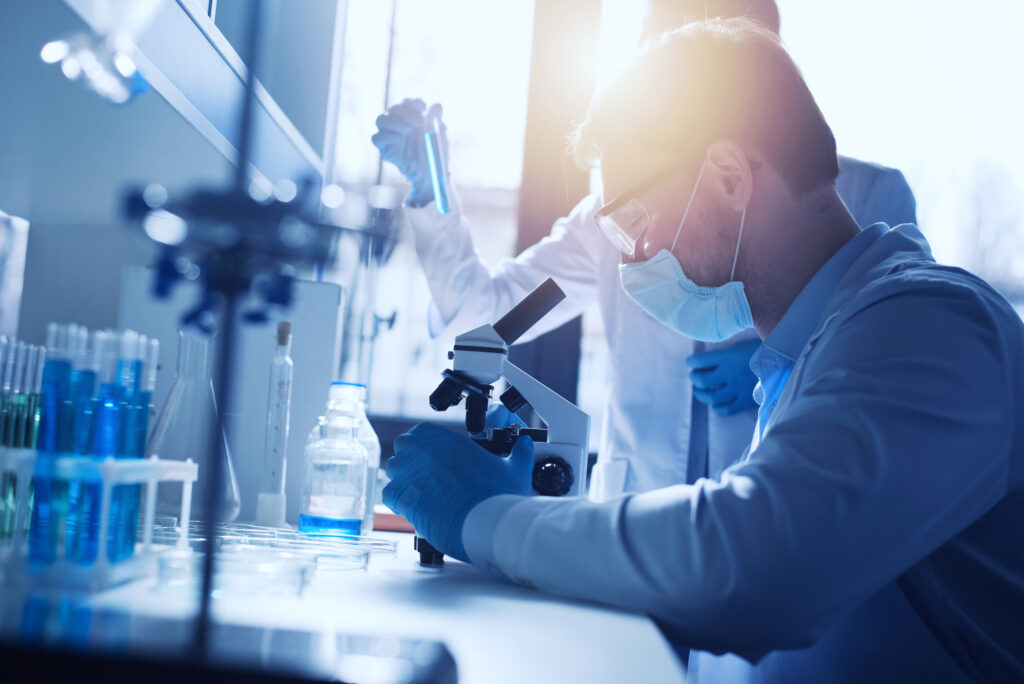 For drug makers, speed has always mattered. Every day a drug is delayed on the path to market costs pharma companies millions of dollars. Delays can also lead to the loss of exclusivity, or the need for contentious reverse payment settlements.
For drug makers, speed has always mattered. Every day a drug is delayed on the path to market costs pharma companies millions of dollars. Delays can also lead to the loss of exclusivity, or the need for contentious reverse payment settlements.
A 2017 report found that “the clinical development duration of a trial was a key factor in driving up its cost, and found that each additional month in a Phase III trial added a median expense of $671,000.”
From discovery to market, a drug typically travels a 10+ year path – at a cost of about U.S. $2.6 billion. That cost, however, is highly dependent on the length of clinical development. Some drug companies are reported to perform better than others, with those better-performers bringing a drug to market for approximately $2 billion while many other companies report a $5-8 billion price tag.
An interesting study published in Cancer Med in 2018 (The importance of greater speed in drug development for advanced malignancies) shed light on this very issue.
“It takes on average 6–12 years to develop new anticancer drugs from discovery to approval…For every year by which time to drug approval could have been shortened, there would have been a median number of life‐years potentially saved of 79,920 worldwide per drug. Median number of life‐years lost between time of drug discovery and approval was 1,020,900 per example. If we were able to use available opportunities to decrease the time required to take a drug from discovery to approval to 5 years, the median number of life‐years saved per example would have been 523,890 worldwide.”
Maximizing Speed Through Industry Technologies
Some of the most important industry technologies have focused on maximizing speed and productivity, though virtually all have only led to incremental improvements. Our ability to rapidly discover new therapeutic molecules via high-throughput screening, our ability to manufacture those molecules efficiently via route scouting & optimization, or our ability to recruit and manage massive clinical trials are all examples.
This is tempered by the fact that both drug compounds and the protocols for their clinical trials are growing more complex. Clinical trials have become more difficult to perform, tend to run longer and demand more robust domain expertise.
Speed and the Public Eye
To the average layperson, the ‘speed’ of the drug industry has always seemed unhurried and sluggish. The industry doesn’t appear to move quickly…or sometimes at all. When we read of a new discovery that promises a cure for a debilitating disease, excitement builds. The process of translating a discovery published in a peer-reviewed journal to a finished, approved and marketed drug, however, stretches years…and in some cases even decades – if it can be translated into a finished therapeutic at all. When a drug finally reaches the market, it isn’t uncommon for people to wonder: “Wait, didn’t we cure that years ago?”
That gap between scientific discovery and marketed treatments has always existed, and it is the very reason the drug industry has focused so keenly on shortening that gap. Health conditions rarely wait for the science to catch up, and time is money, after all. The faster a product can be brought successfully to market, the better it is for patients, for medical practitioners and for the scientific and drug development communities.
 COVID-19 has – without a doubt – changed everything. While people anxiously awaiting a vaccine may protest the delays in vaccine (or treatment) development, the science is moving at near-lightning speed these days.
COVID-19 has – without a doubt – changed everything. While people anxiously awaiting a vaccine may protest the delays in vaccine (or treatment) development, the science is moving at near-lightning speed these days.
The Impact of 2020
Dr. Hank Fuchs, President of Worldwide R&D at BioMarin Pharmaceuticals, has discussed how game-changing therapeutics can experience accelerated and condensed development: “We work with devastating pediatric diseases for which there are no current therapies. That puts a lot of spring in everything and can really catalyze a program.”
While the compound Dr. Fuchs mentioned targets a rare disease (which enjoys accelerated FDA timelines), COVID-19 is anything but rare. With tens of millions of cases worldwide – and a death toll (as of this writing) approaching 10 million, treatments and vaccines for COVID-19 are forging a new path.
The Year 2020 will likely be remembered (among many, many other things) as the year when the global pharma industry teamed with governments, health regulators, research organizations and NGOs to expedite the funding, development, testing and commercial manufacturing of therapeutics and vaccines targeting a single disease.
The effort is truly something we’ve never seen before. Consider:
- The WHO reports there are 536 clinical studies to develop post-infection therapies for COVID‑19 infections.
- The FDA reports there are 570+ drug development programs in the planning phase, and 270+ clinical trials have already been reviewed (as of July 31, 2020).
- The last several years have seen a number of initiatives created in order to stimulate vaccine and antiviral drug development. These include the E.U.’s Innovative Medicines Initiative, the and the U.S.’s Critical Path Initiative, in addition to the new Breakthrough Therapy designation. These are proving essential to accelerating the path for COVID-19 treatments and vaccines.
- An unprecedented amount of supercomputing and Cloud computing power has been focused on COVID-19 drug discovery, tapping the capabilities of IBM, HP, Amazon, Microsoft, and Google.

Obviously, the efforts to contain SARS-CoV-2 and ultimately eliminate COVID-19 as a health risk stretch well beyond these few bullets. It is an exciting and unparalleled concentration of resources – never before witnessed as an industry. It is a global effort that holds the hope that our lives can – hopefully sooner rather than later – return to some semblance of normal.










